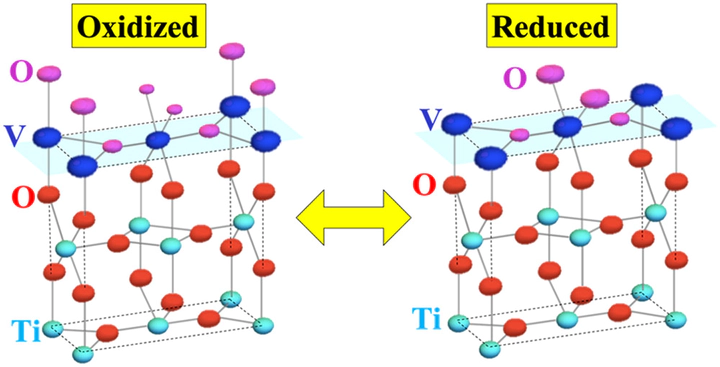
Abstract
During redox reactions, oxide-supported catalytic systems undergo structural and chemical changes. Improving subsequent catalytic properties requires an understanding of the atomic-scale structure with chemical state specificity under reaction conditions. For the case of 1/2 monolayer vanadia on α-TiO2(110), we use X-ray standing wave (XSW) excited X-ray photoelectron spectroscopy to follow the redox induced atomic positional and chemical state changes of this interface. While the resulting XSW 3D composite atomic maps include the Ti and O substrate atoms and V surface atoms, our focus in this report is on the previously unseen surface oxygen species with comparison to density functional theory predictions.
Type
Publication
Journal of the American Chemical Society 143, (43), 17937-17941 (2021)